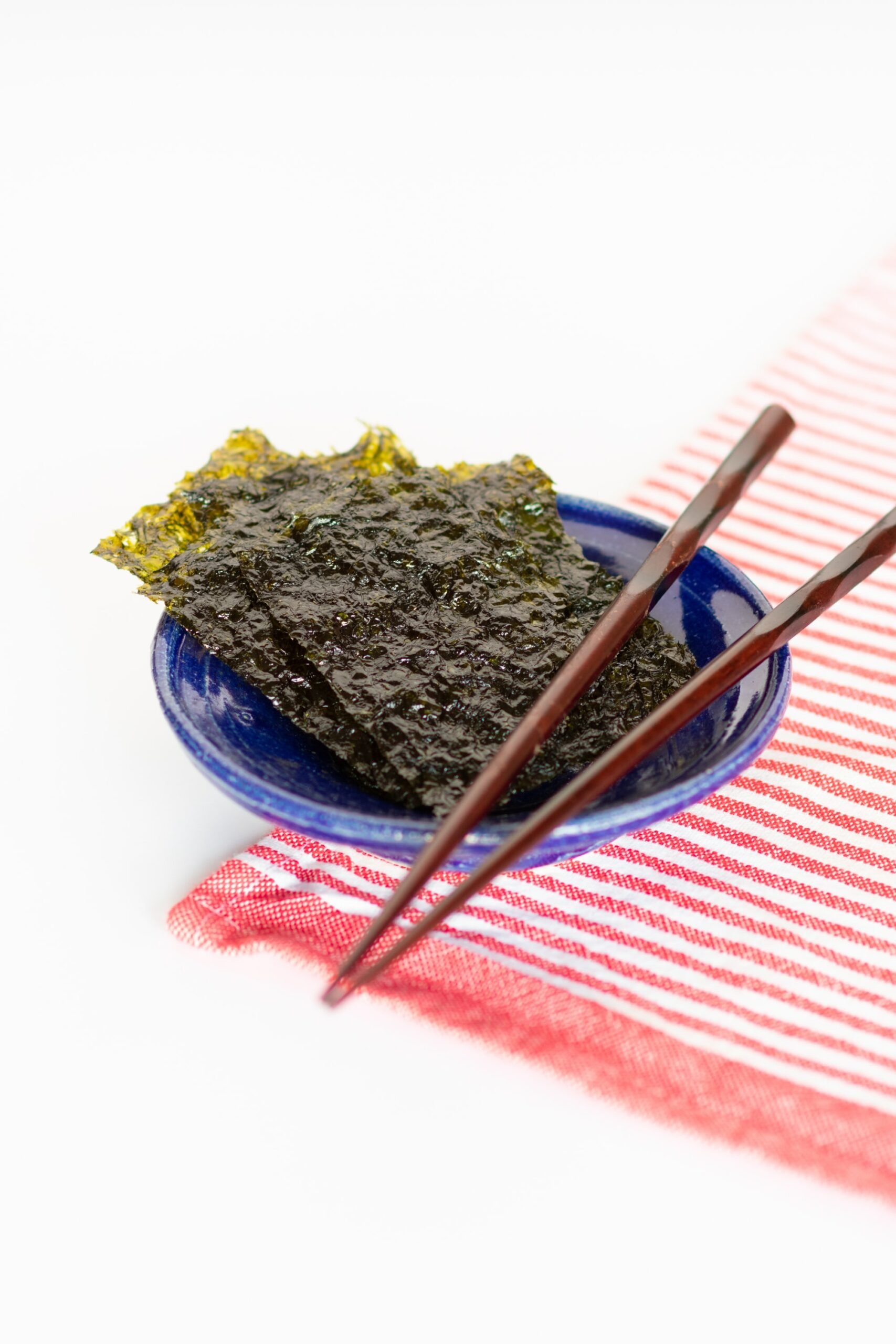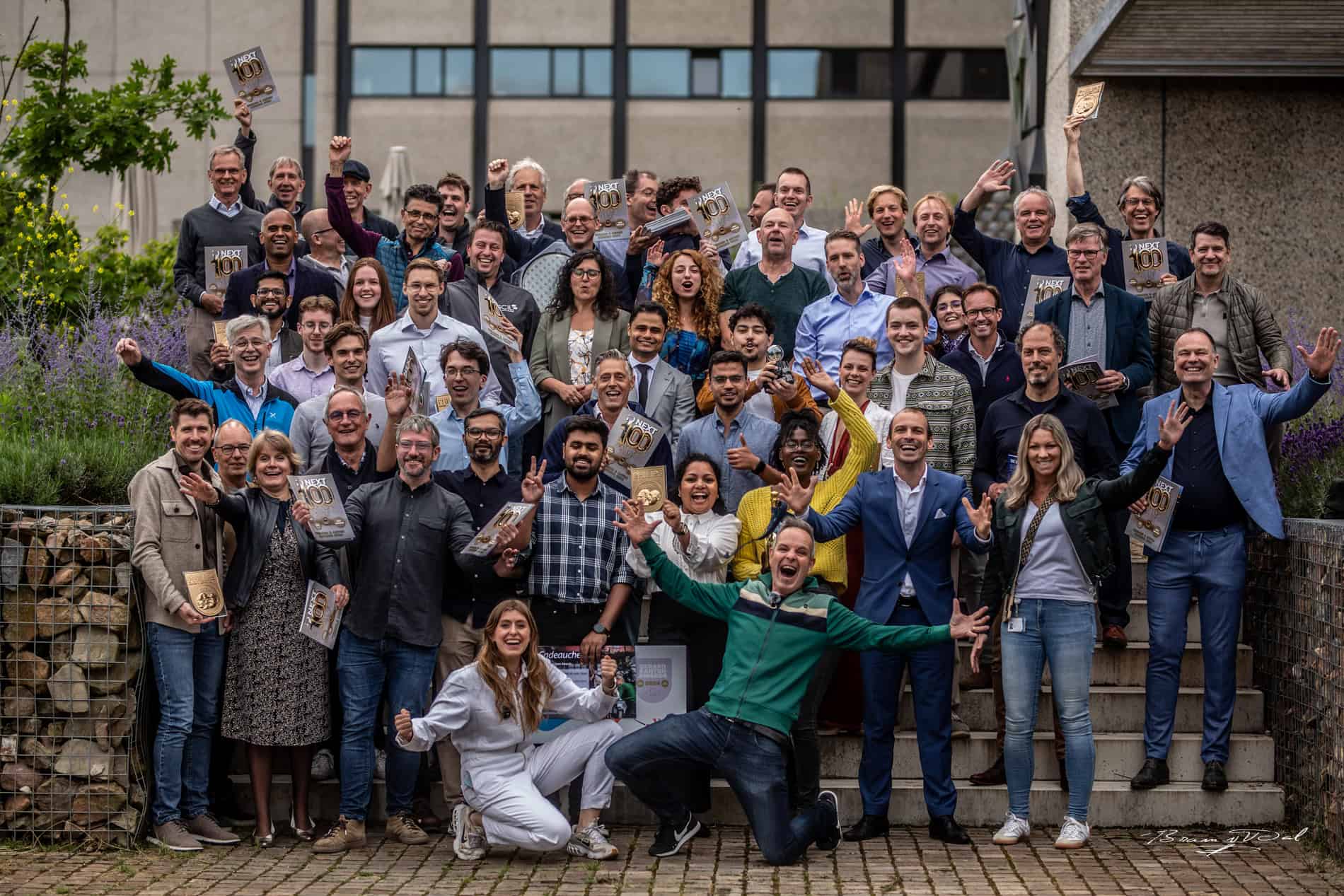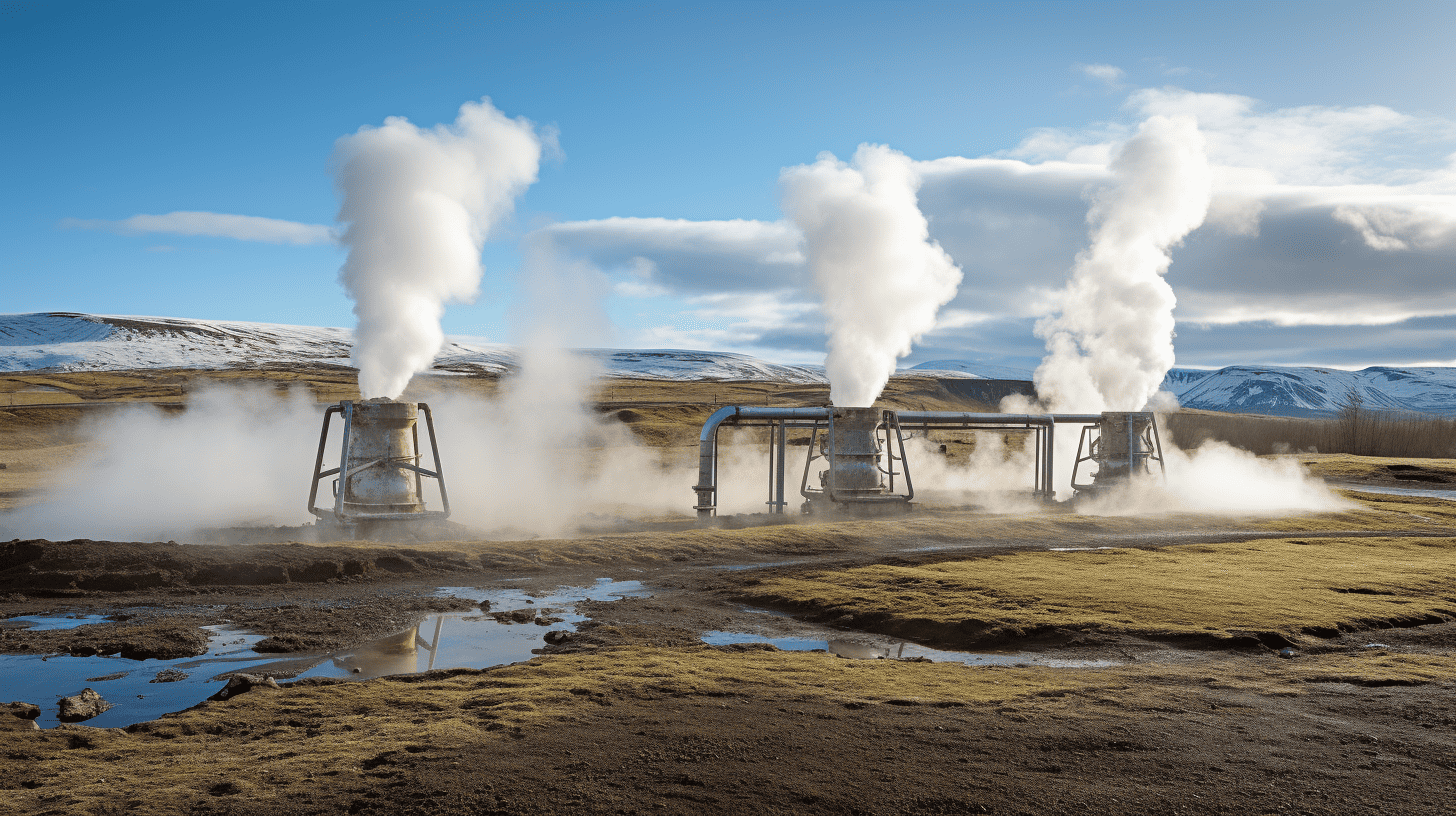
Startup Multiphase Dryers has developed a drying technique that uses residual heat to dry residual food streams in an affordable way. LIOF is investing in this technique from the Limburg Early Phase Fund, enabling the further development of the prototype into a condensing dryer and the validation of its commercial feasibility, says LIOF in a press release.
- Multiphase Dryers uses low-grade waste heat (50 degrees) for affordable drying of food and beverage residues.
- A pilot will start in 2024 to test commercial applicability.
Biobased raw materials and food & beverage residual streams contain a lot of moisture and are therefore perishable. Drying with a conventional dryer takes a lot of heat above 90 degrees, and is often generated with natural gas, electricity or even coal. This form of drying is therefore costly and environmentally unfriendly.
Merlijn Chardon, co-founder says: “The condensing dryers we have developed are powered by low-grade residual heat of 50 degrees, which nowadays often literally evaporates through a chimney. This allows waste streams to be upgraded affordably and green. An opportunity for numerous companies in the food & beverage sector.”

Potato peels
The dryers are of interest to companies with moisture-rich and perishable by-products and biobased waste streams. An example is the processing of potato peelings into mashed potatoes. Or beer bran that can be upgraded to (ingredient for) bread, meat substitutes or pastries using the dryer. The application possibilities are large, the effort and investment small. After all, many residual streams are now often not utilised or at best end up as wet cattle feed.
Pilot to start in 2024
In the 2nd quarter of 2024, a pilot will start at companies with monostreams, or residual streams of one product. This can be a company where food is grown but also where food is processed. With the pilot, Multiphase Dryers aims to gain experience to further develop the dryers and test their commercial applicability.
During the pilot, 80 to 150 kilos per hour can be dried.








